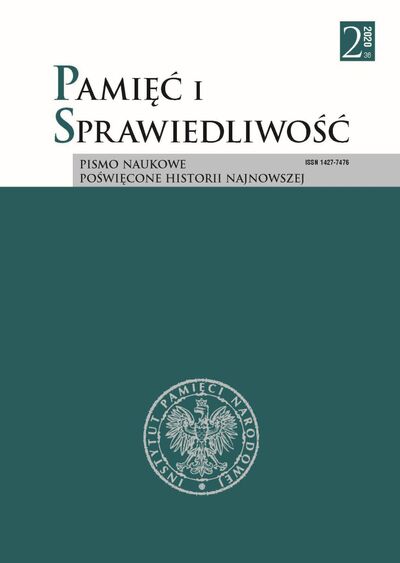Vol. 36 No. 2 (2020)
Po porozumieniach jałtańskich i zwycięskim marszu Armii Czerwonej do Berlina wszystkie kraje Europy Środkowo-Wschodniej znalazły się w strefie wpływów Związku Sowieckiego. Stalin dążył do przejęcia pełnej kontroli nad tymi krajami, aby rozpocząć proces przejmowania władzy przez partie komunistyczne i marginalizację innych partii politycznych poprzez środki terroru i propagandy. Tematem przewodnim niniejszego numeru „Pamięci i Sprawiedliwości” jest próba ukazania podobieństw i różnic pomiędzy procesami przejmowania władzy przez partie komunistyczne w poszczególnych państwach naszego regionu w latach 1944–1948. Prezentowane studia obejmują swoim zasięgiem terytorialnym Polskę, Czechosłowację, Węgry, Bułgarię, Jugosławię i Albanię oraz Ukrainę sowiecką.
 Język Polski
Język Polski
 English
English
 Deutsch
Deutsch
 Français (France)
Français (France)
 Italiano
Italiano
 Русский
Русский


 PDF (Język Polski)
PDF (Język Polski)

